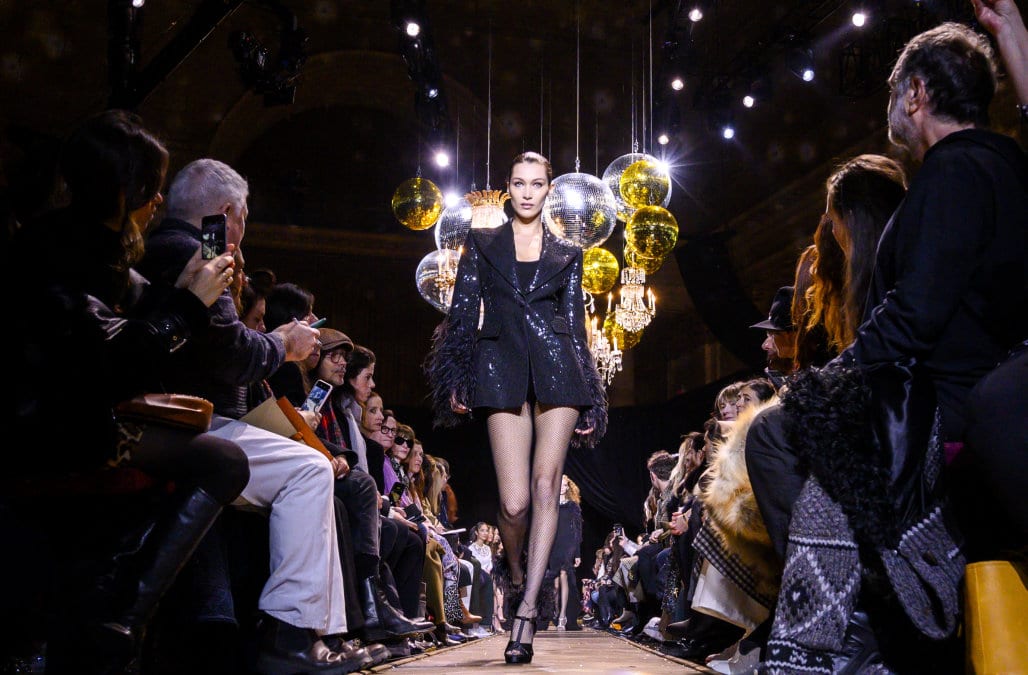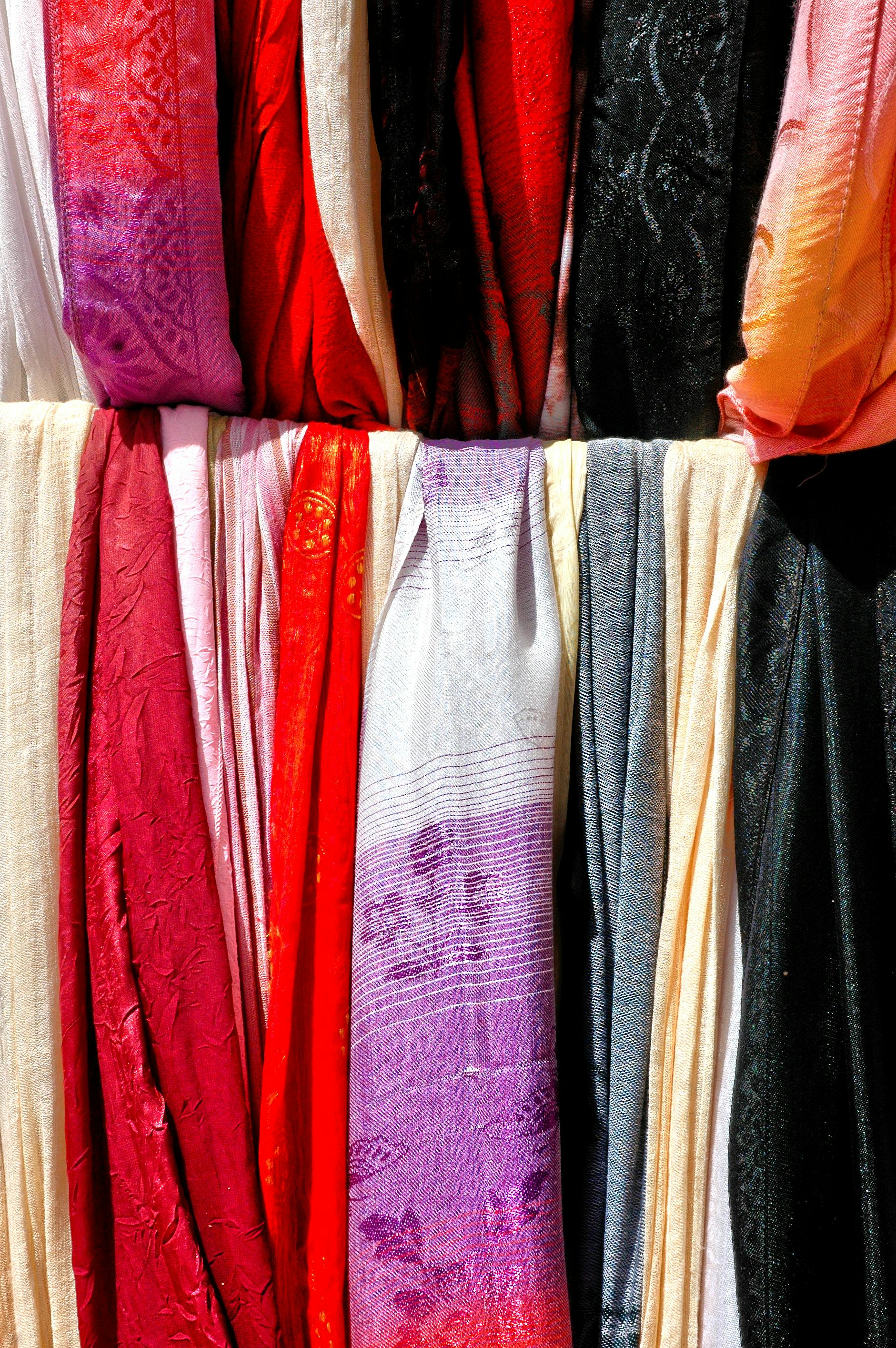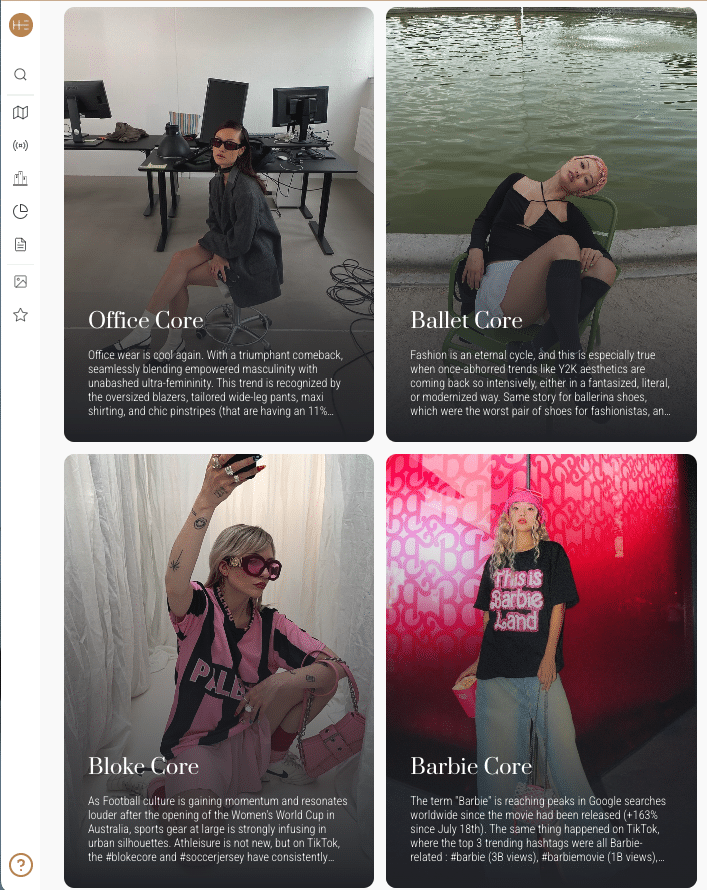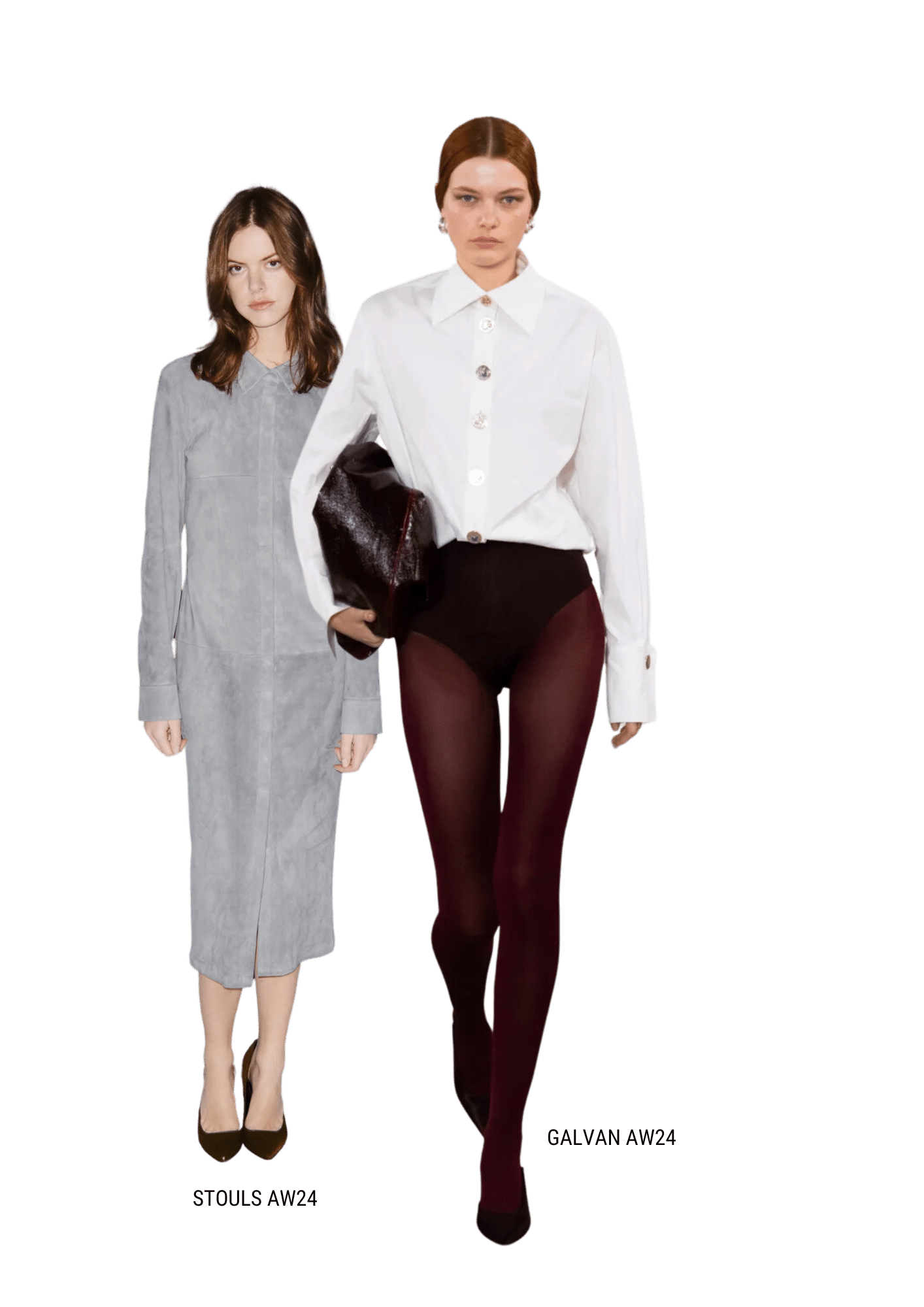Luxury brands are well-aware of the power of a fashion show. Customers love what they see, or they don’t, and it’s up to the brand to communicate and market accordingly. Although this tends to be a delicate dance, trend forecasting through Artificial Intelligence technology has rendered it much more simple than it once was. So, how exactly can a luxury brand see into the post-fashion show future?
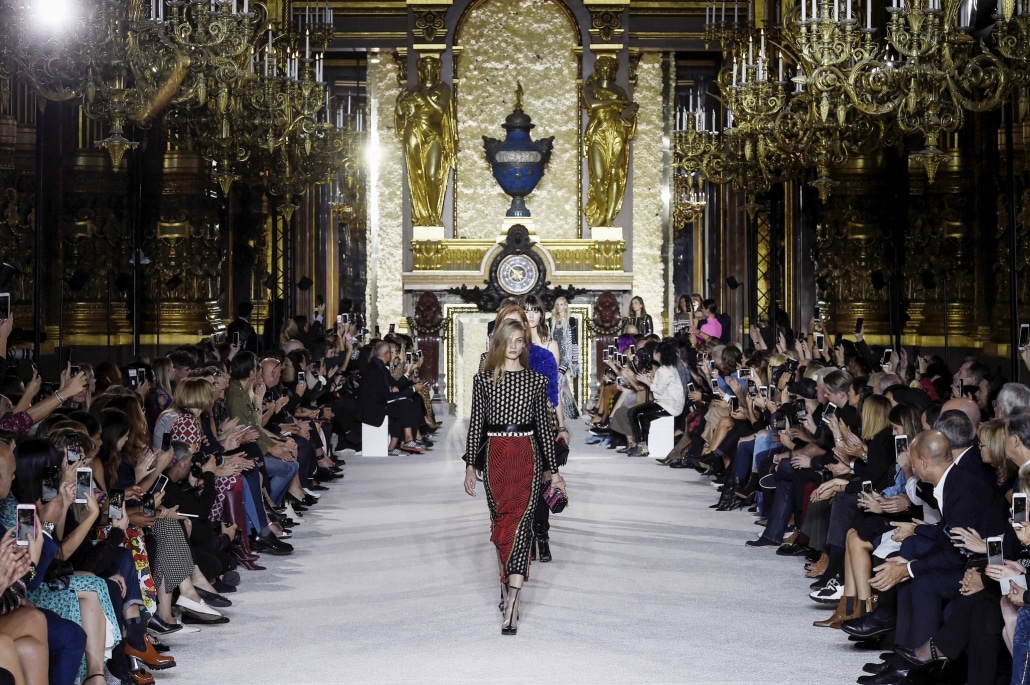
The challenge: Predicting the success of a luxury product based on the first signs of desirability on the catwalk
A fashion show aims to present new products to the customer, and a trend forecasting solution can step in to ensure two main objectives following a brand’s show.
- To give guidelines to buyers in the showroom to adjust their product assortment and the quantities bought for each style with the aim of eventually increasing the sell-through.
- To get valuable insight for communication and image purposes to help focus the brand strategy on the most desirable products.
With these objectives as guidance, a predictive tool can confirm or refute a brand’s intuition toward particular products, like monitoring a new bag that does well despite initial predictions by the brand. By scanning shared images and videos on social media, image recognition technology is able to accurately forecast demand, be it for an express color, shape, texture, and more.
How can you apply forecasting solutions to predict a product’s potential?
Detecting the first signs of desirability following a fashion show is vital to a brand’s success.
As such, it is useful to focus on particular indicators in order to determine the products triggering more or less enthusiasm among potential future customers. The analysis is based on two key metrics:
- The Visibility metric, which quantifies the presence of the product on social media, translating its spread among influencers and consumers.
- The Desirability metric, which quantifies the potential of desirability triggered by the product. It takes into account the influence power and popularity of people posting the item, assuming that the more followers the account has, the more likely it is to trigger purchase intent among followers
Here are the definitions of different indicators that are monitored:
- Visibility: Number of images (posts and stories) in which the product has been detected.
- Share of visibility: Share of images in which the product has been detected within the product category.
- Posts: Number of posts in which the product appears.
- Stories: Number of stories in which the product appears.
- Zoom-in: Number of images containing zoom on a given product.
- Desirability: Median reach across the posts in which the product has been detected.
- Accounts breakdown: Based on the number of followers.

- Superpost: A post published by a superstar (>500k followers).
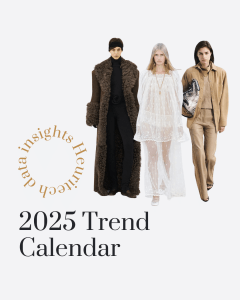
Better trend forecasting, better results
Riding the wave of a fashion show, luxury brands can use these indicators to adapt their merchandising and communication strategies.
Heuritech enables this process by applying its advanced artificial intelligence to social media platforms, in which image recognition technology scans and detects the volume and content of shared images.
The impact of an influencer, the color of a shirt, and the popularity of a bag can all be detected and categorized by Heuritech. This information is thus translated into valuable tools for brands to use in their marketing, merchandising, and communication strategies.
Improvements in these areas ultimately result in positive results after launch, including but not limited to:
- Overall positive brand image
- Better sell-through
- More accurate sales and trend forecasting
- No overstock
- No missed opportunities due to stock shortage.
